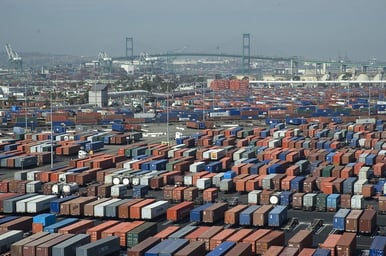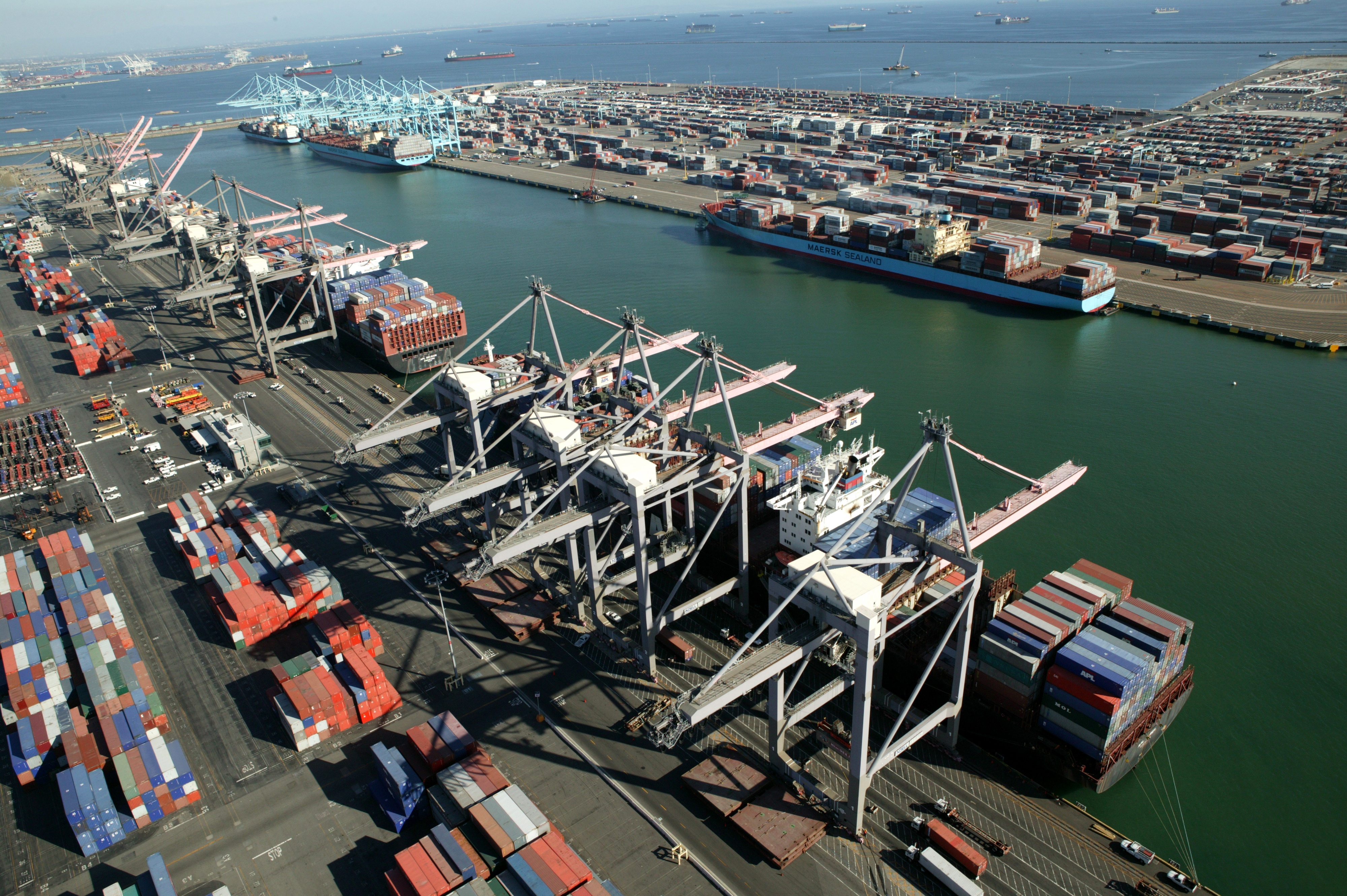California. A very big state with a very big population. In fact, it’s the largest consumer market in the U.S. and thus a very sensible place to have a distribution center. Making California even more sensible, from a distribution perspective, is the fact that most of the Pan-Pacific freight arrives via its ports. For many companies, these combined facts make logistics strategy simple: place a DC in California close to the arriving port and the West Coast distribution riddle is solved.
Looking a bit closer, however, we can see that West Coast distribution isn’t a one-size-fits-all solution. In this article, we’ll take a closer look at choosing the right California warehouse space for your company and the impact it has on your port-to-market speed.
To be or not to be (close to port), that is the question
 In this blog as well our most recent eBook about West Coast ports, we’ve been talking about speeding distribution time between the ports and your customers. Very few things will have as much of an impact on that speed as choosing the location of your California warehouse.
In this blog as well our most recent eBook about West Coast ports, we’ve been talking about speeding distribution time between the ports and your customers. Very few things will have as much of an impact on that speed as choosing the location of your California warehouse.
When choosing your California warehousing and distribution location, you first need to determine how close to the port you need to be. The general rule here is: the higher your products’ value and the quicker its turn time, the closer to port you should be. If you’re shipping smartphones, for instance, they have a relatively high value and a quick turn time and are therefore an ideal candidate for a close-to-port DC. Why? Because the value of the product combined with the lack of inventory required due to quick turns will help to offset the higher costs of a close-to-port warehouse, such as one in L.A. County.
Speaking of costs…if you choose a warehouse location close to port (e.g., in South Bay near the ports of Los Angeles and Long Beach), you’re going to save on drayage costs due to the short distance to/from the port but pay much more for space and labor.
On the other hand, if you distribute from a location further inland like the Inland Empire (for shipments coming into the ports of L.A. and L.B.) or the Central Valley (for shipments coming into the Port of Oakland), the opposite applies. You’ll pay less for space and labor but more for drayage. Here’s a little about each:
- Central Valley. Located within 70 miles of the Port of Oakland (which offers quicker truck turn times than the ports of L.A./L.B.), the Central Valley offers companies a prime location for West Coast distribution. From a DC in this region, you can reach L.A., the Pacific Northwest, or Nevada within a single day. The Valley’s cost is equally attractive relative to locations nearer the port. This California warehouse space is newer construction with more modern amenities than you’ll find near Oakland. And, unlike the Inland Empire, there’s unlimited room to expand.
- Inland Empire. Only 60 miles east of Los Angeles, the Inland Empire (IE) offers a cost-effective option for companies shipping into the ports of L.A. and L.B. It also provides companies with a large available workforce (325,000 jobs have been added within the region since 2011, many of them within logistics). According to Cushman & Wakefield, the IE’s industrial inventory has expanded to 532.7 million square feet - an increase of 26.6% since the start of 2013. Even with this increase in inventory, however, vacant space can be hard to come by as the IE remains one of the most popular industrial markets in the country.
Utilize a 3PL’s Existing California Warehouse Space
By assessing your products’ turn times and value – along with the drayage vs space and labor cost equation – you should be able to determine if a close-to-port location is most efficient for your imported goods. Regardless of which option is right for you, however, a third-party logistics company (3PL) can help you take advantage of that optimal warehouse location, while reducing your costs.
That’s because, wherever your optimal warehouse location is, there’s likely a 3PL already there with an existing infrastructure – for space, labor, and even final delivery – for retail and eCommerce distribution. The right 3PL solution will be:
- Fast. You can be up and running within 2-3 weeks, including IT integration.
- Flexible. A variable rate structure can help you economically manage seasonal volume peaks.
- Cost-efficient. Share space, labor and equipment in a multi-client warehouse to drive down costs.
At Weber Logistics, we have 11 distribution campuses throughout California. So, whether you ship into the Port of Los Angeles, Long Beach, Oakland, or San Diego, we’ve got the drayage, warehousing, and last-mile transportation capabilities nearby to support you. To learn more about speeding your port-to-market distribution time with a 3PL, contact Weber today.




 Capital Management
Capital Management